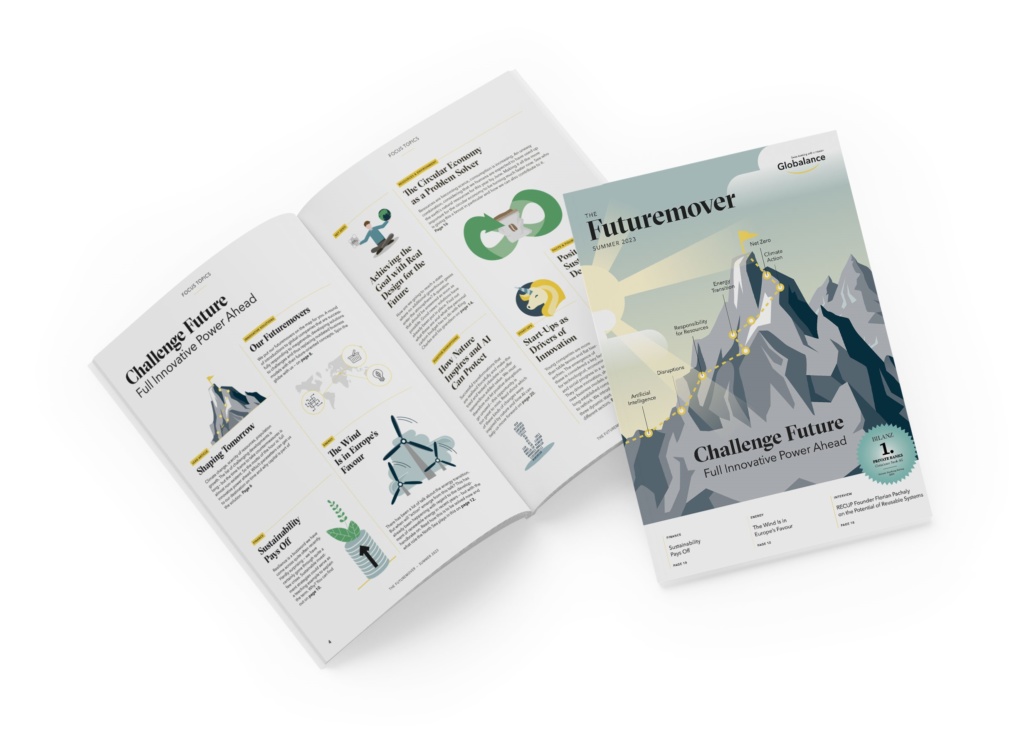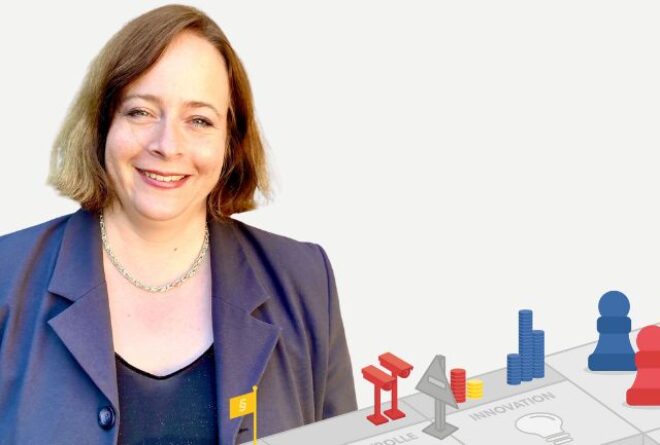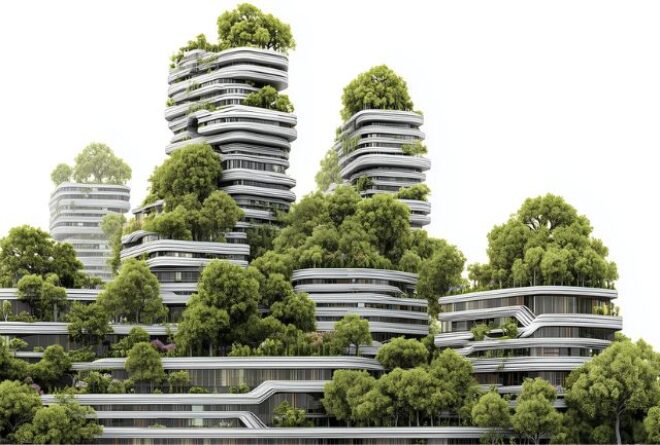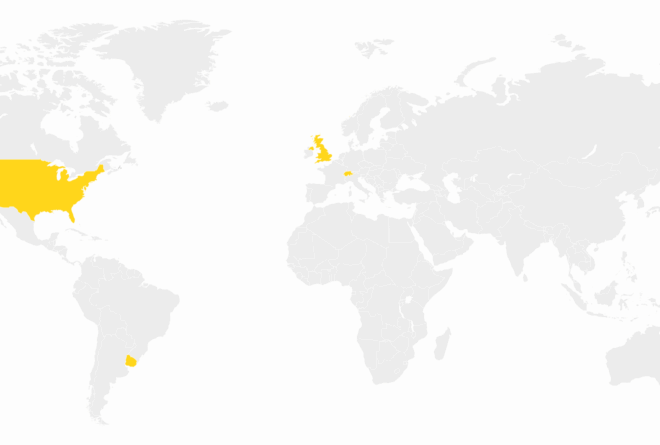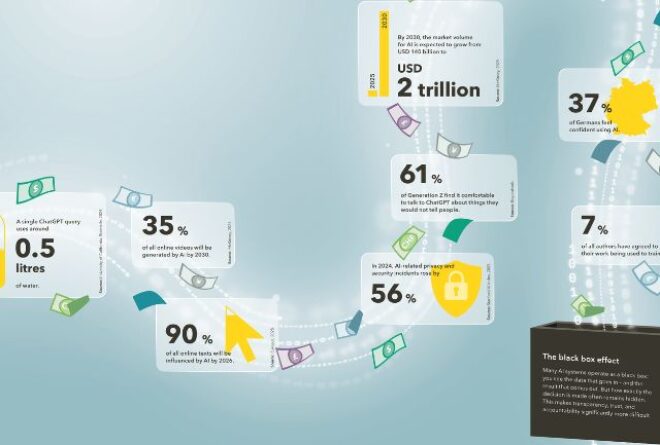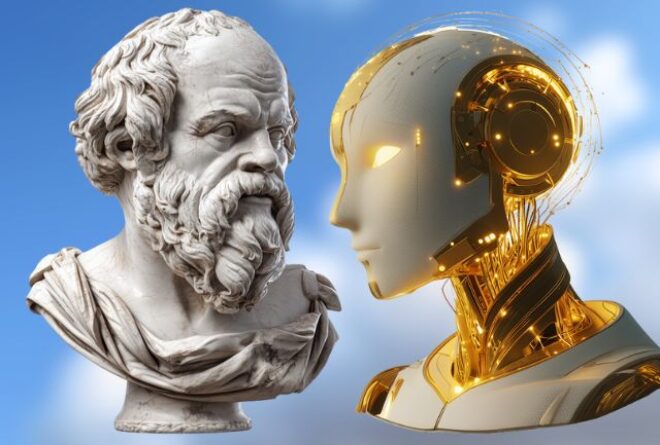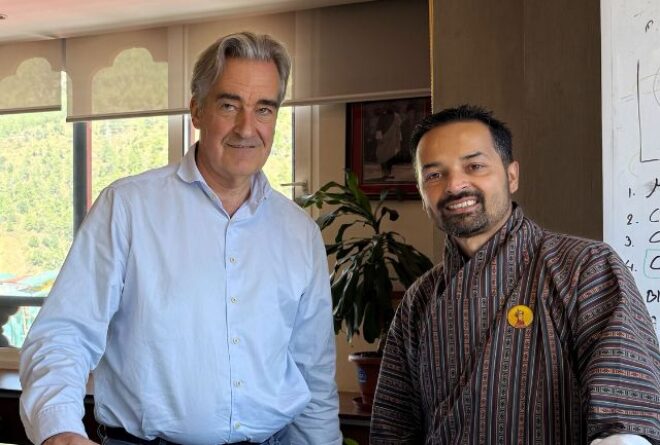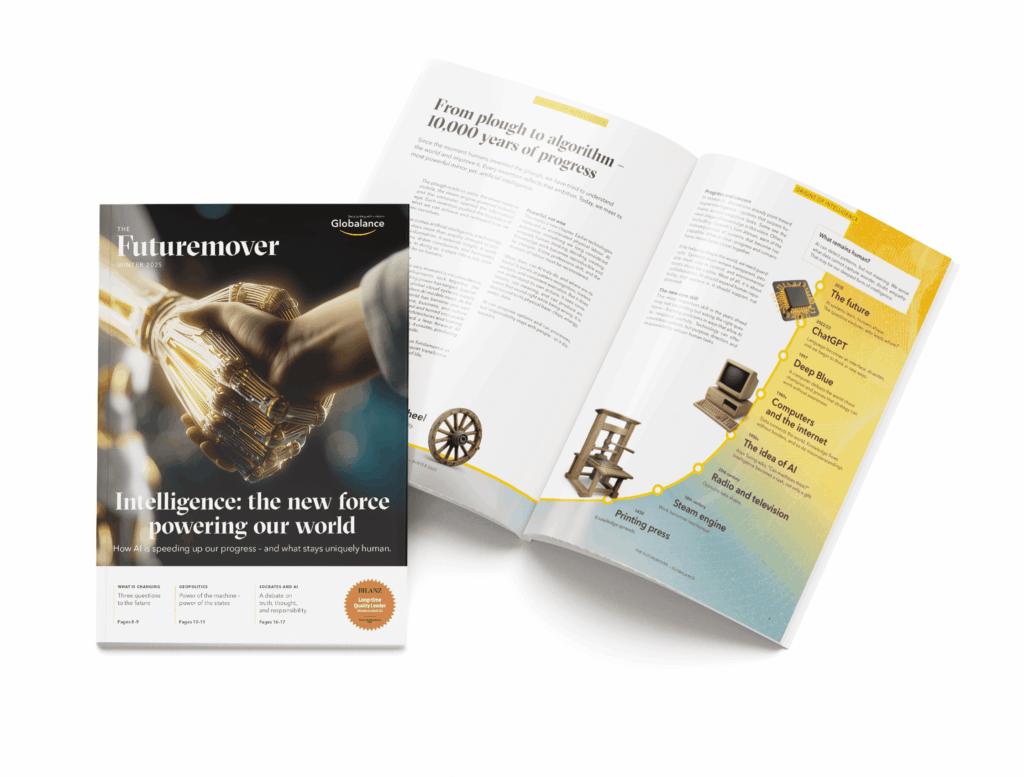News & Trends
Start-Ups as Drivers of Innovation
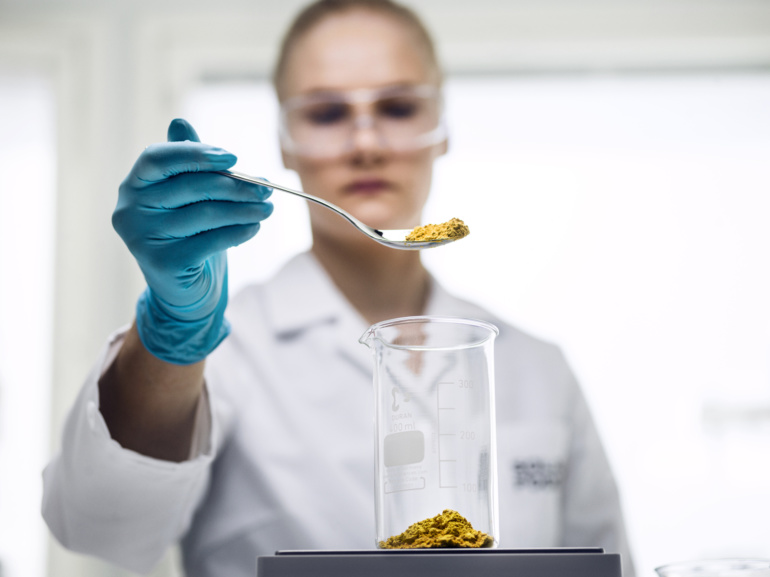
The emergence of new companies and innovations is considered a key factor for technological, economic and social progress in a society. Start-ups and innovation are closely linked.
Young companies gain a competitive advantage over their larger competitors with the help of innovations. This often leads to competition on the market, resulting in better products, services and prices for consumers. Established players are challenged, promoting efficiency in existing industries, breaking traditional business models and driving progress.
Moreover, start-ups are beacons of hope for the protection and preservation of our planet. It will be difficult to address climate change with conventional technologies and practices. Instead, new, disruptive solutions are needed to limit global carbon emissions to net zero by 2050. It is our pleasure to introduce you to three such players.
Net Zero Using Air Proteins
The Finnish food tech start-up, founded in 2017, aims to revolutionise the world’s food supply by making food independent of land use. The company’s business model is based on the production of a high-quality, sustainable and climate-friendly protein product that virtually only requires air and electricity to produce it. The proprietary technology called “Solein” uses a fermentation process that mimics photosynthesis. In this process, biomass is cultivated using carbon dioxide, water and nutrients. The result at the end of the process is the air protein in powder form, which is rich in essential amino acids. Solein powder is an ingredient in a wide variety of foods, for example meat substitutes, pasta or bread. One of its main advantages: the protein’s production process uses renewable energy sources, so fertile farmland or water resources are not needed. Even taking the space requirements of the solar cells used for energy production into account, Solar Foods needs just one tenth of the land area required for the same amount of protein from soya. The ingenious twist to the whole thing: the sustainable protein powder uses the CO2 that is harmful to the climate itself as a raw material and thus contributes twice to achieving the netzero targets.
The Grey Building Material Fossil Is Becoming More Climate-Friendly
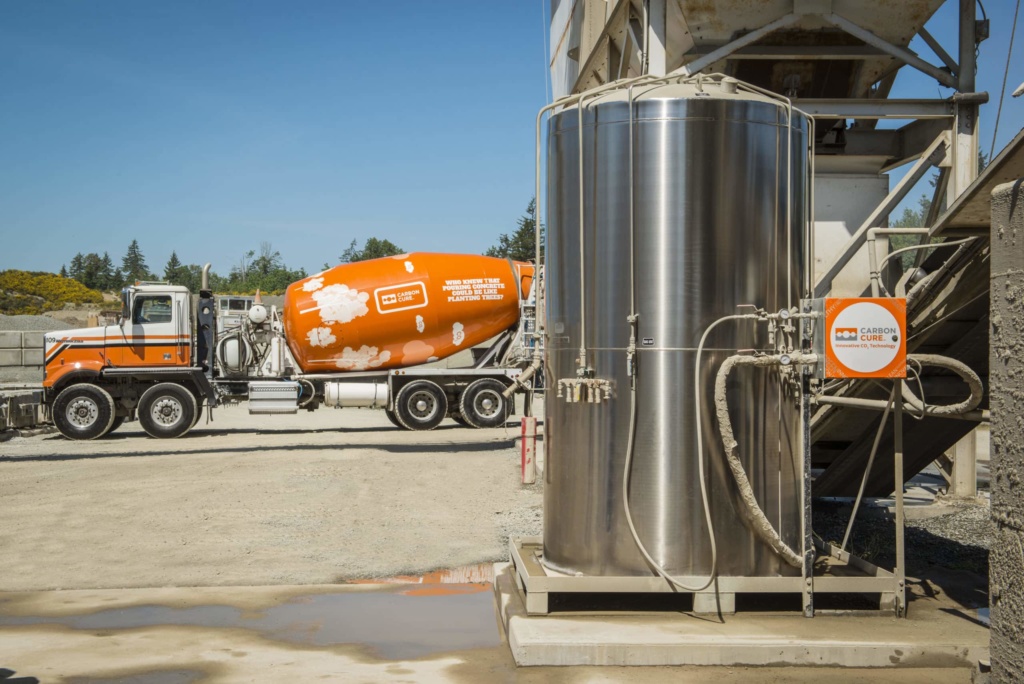
Roman engineers were making caementum from burnt limestone and volcanic ash as early as in the 3rd century BC. Two millennia later, we are still doing the same. However, mankind consumes about 30 billion tonnes of concrete per year worldwide today. This produces more than half a tonne of carbon dioxide per tonne of cement, which means that cement production today accounts for about 8 percent of all carbon emissions.
The majority of CO2 harmful to the climate is produced while drying the limestone. Therefore, industry cannot compensate for its poor climate footprint even by using renewable energy. In addition to new building technologies (3D printing), substitute materials (wood) and more efficient concrete, the focus is shifting above all to carbon capture and storage. There are currently at least half a dozen start-up companies aiming to make concrete a significant store for atmospheric CO2. One of the most established startups is the Canadian company CarbonCure, which has already sold more than 700 systems for installation in concrete plants worldwide. These inject carbon captured from industrial sources into concrete mixes. In the process, the carbon is permanently bound in the form of solid calcium carbonate nanocrystals, which also increase the strength of the concrete and thus reduce the cement content. Overall, the grey building material’s carbon footprint is improved by around 10%.
CarbonCure’s goal: to save 500 million tonnes of carbon annually. Tech giants Microsoft and Amazon have also recognised the potential of the technology and are among the company’s shareholders.
We recently published an insightful article that brings net zero into focus and gives an insight into the market for low carbon building materials. Click here to read the article.
Drastic Reductions

Blue Planet Systems in California is determined to make even much more drastic reductions possible. The company does not focus on the cement content, but on the fillers (sand or gravel), which make up the largest part of the concrete volume. The process starts with any calcium-rich waste product, such as concrete rubble from a demolition site, soaked in a proprietary “capture solution”. Then, the material is directly exposed to any emission source, such as the escaping flue gas from a cement kiln, power plant or steelworks. The solution draws the carbon directly from the flue gas and binds it. The end result is a granulate that consists of 44 percent calcium carbonate. This is used as a filler and thus enables a concrete that has bound at least as much carbon dioxide as was used for its production — 670 kilograms per cubic metre.
Exciting facts about start-ups
Start-ups led by women are still underrepresented in the start-up ecosystem. Just 2.3% of venture capital funding went to start-ups founded by women in 2020.
There are an estimated 500 million entrepreneurs and 100 million start-ups worldwide.
Technology is the most popular sector for start-ups (38%), followed by health (15%), finance (11%) as well as energy and environment (10%).
Europe also has a thriving start-up scene, with London, Berlin and Paris among the top start-up hubs.
Around 300 billion US dollars is invested in startups worldwide every year.
In 2022, the most unicorns (start-ups valued at more than 1 billion US dollars) were in the US (865), followed by China (224) and India (108).
Interested in more interesting articles? You can find more exciting topics in our free Futuremover magazine.
